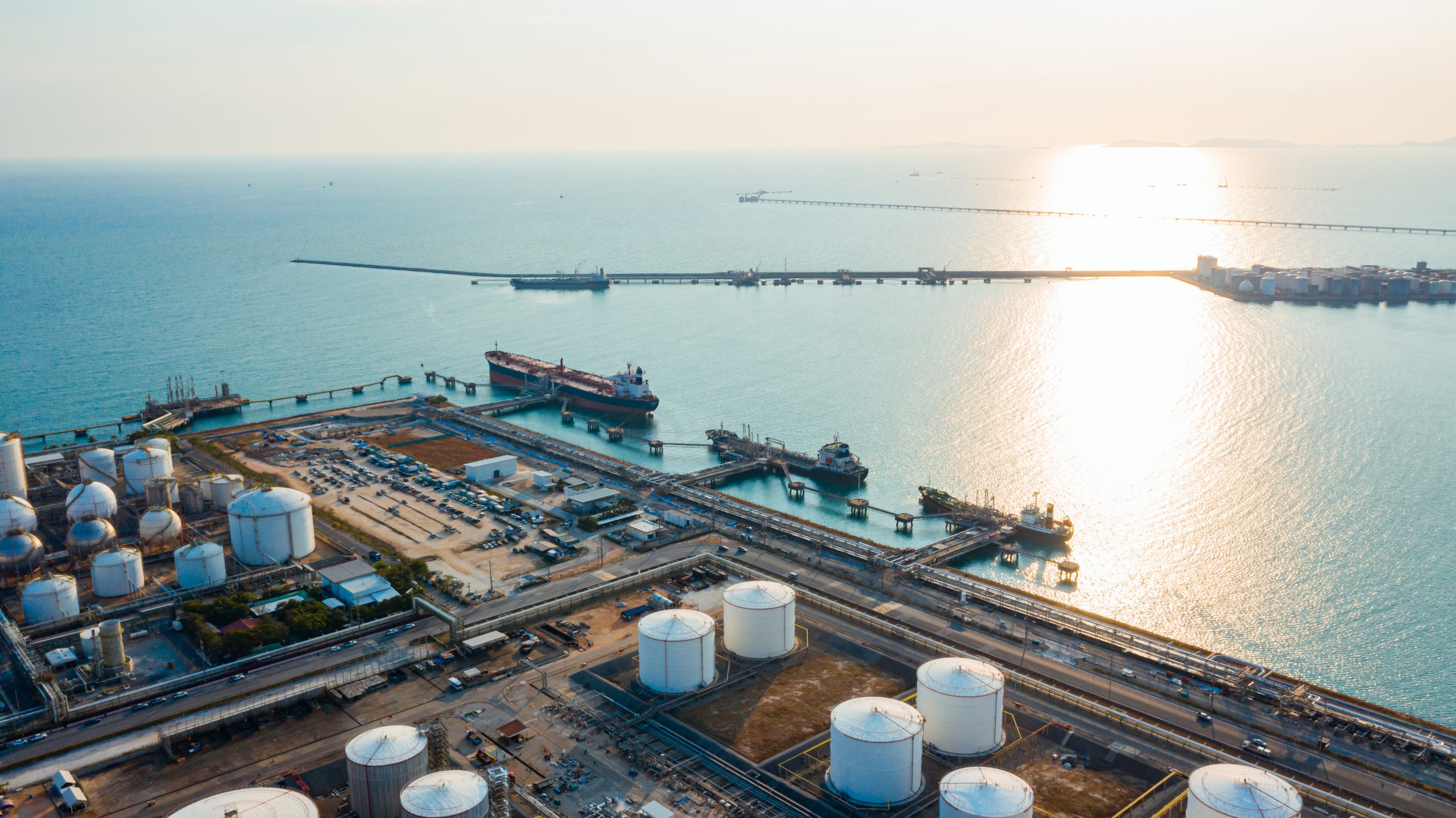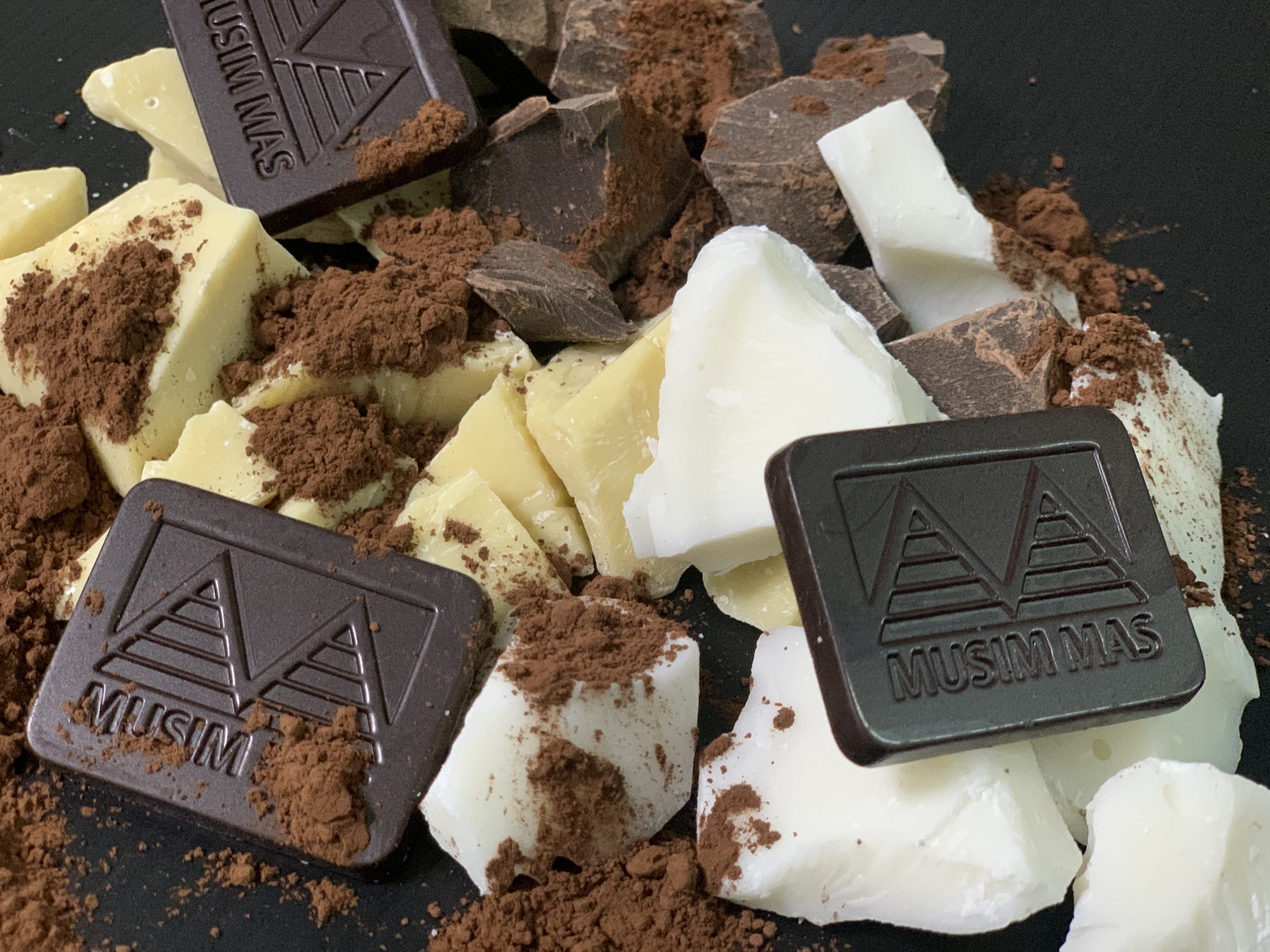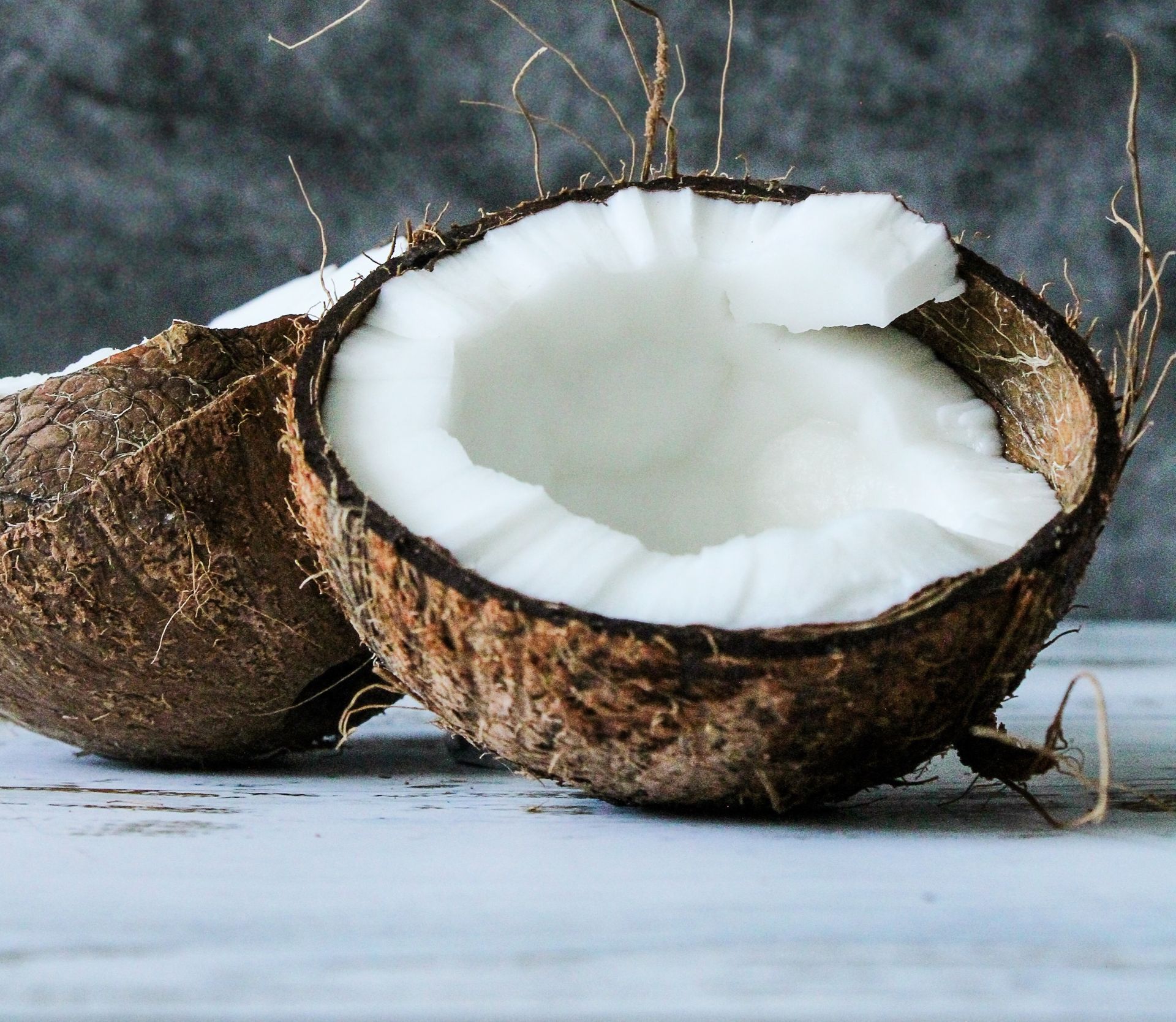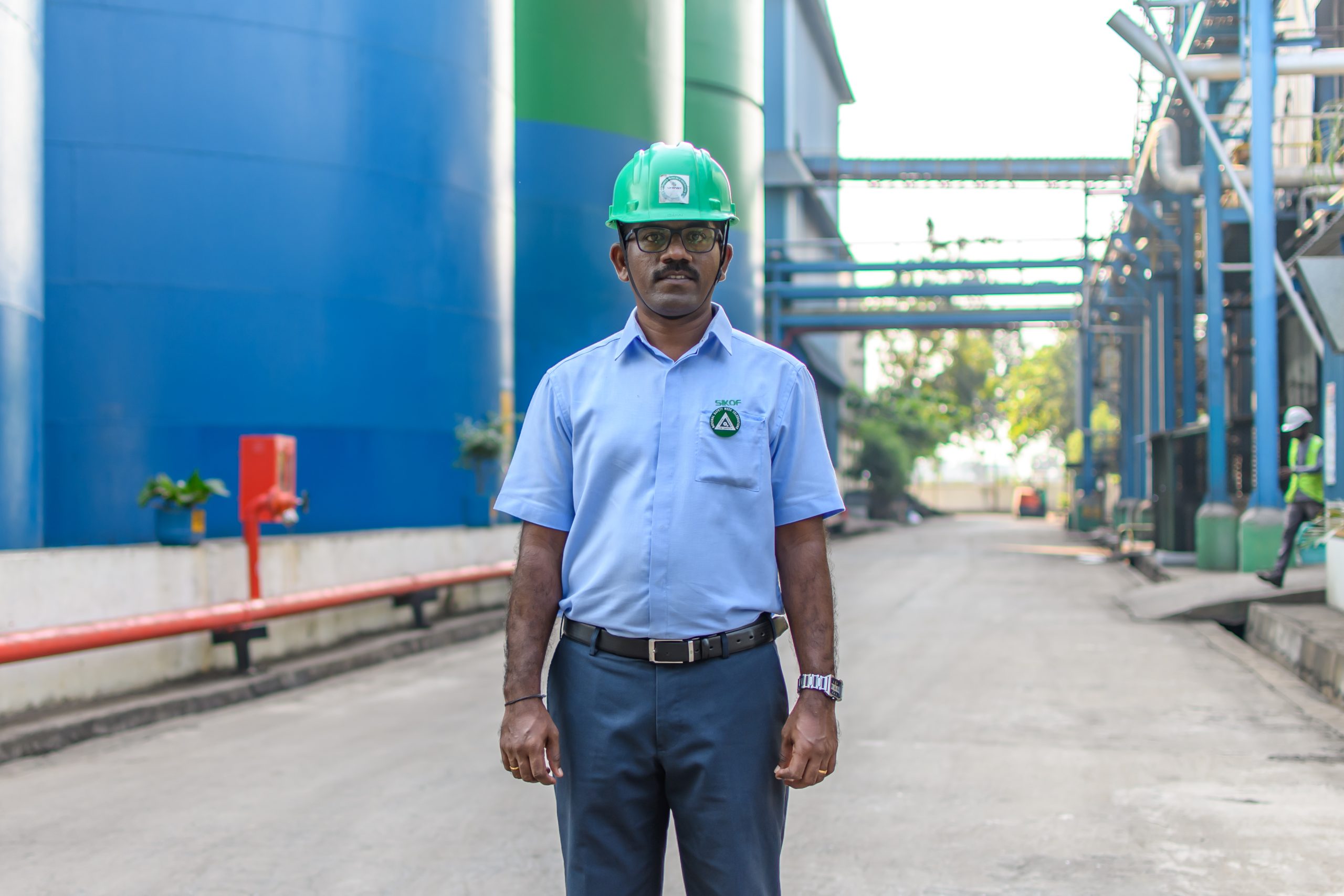Updated On 6 May 2024 by: Yeo Yu Teng
Transporting palm oil from plantations to mills | From mills to refineries | From refineries to end-product manufacturers | Key challenges | Safe shipping | Where does palm oil come from?
Palm oil stands as one of the most widely used vegetable oils globally, finding its way into nearly half of the products lining supermarket shelves today. Derived from the fruitlet of oil palm after harvesting, this oil embarks on a fascinating journey from plantations to mills, refineries, and eventually to supermarkets worldwide. This article dives into how palm oil is shipped, sheds light on challenges and unique standards to ensure oil quality.
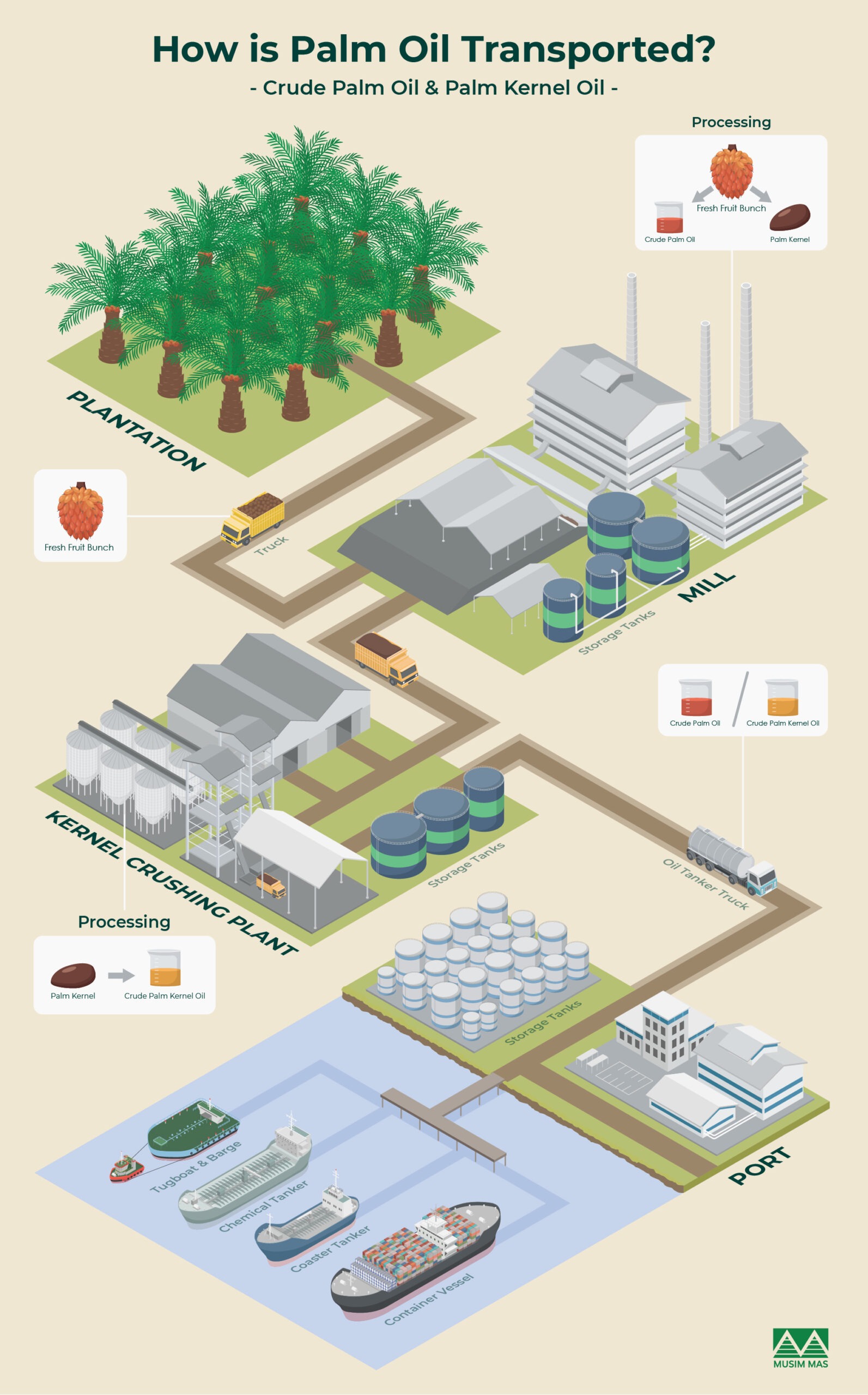
Transporting Palm Oil From Plantations to Mills
The first leg of palm oil’s journey involves transporting Fresh Fruit Bunches (FFBs) from plantations to mills. These FFBs are usually transported by trucks. These mills are typically located near the plantations to minimize delays in processing, which would otherwise compromise oil quality and extraction rates.
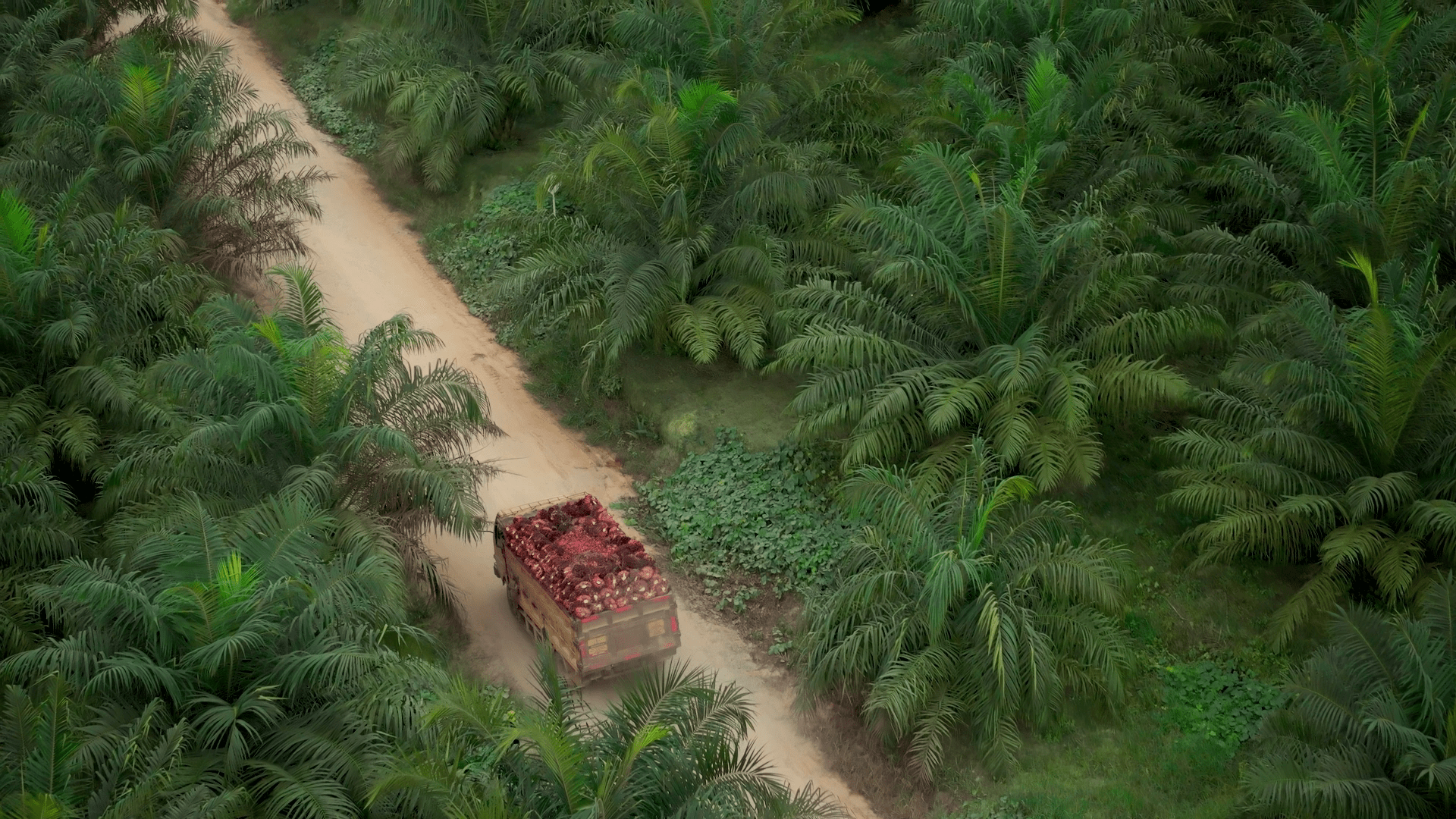
Once at the mills, the fleshy part of FFBs undergoes pressing to yield Crude Palm Oil (CPO), while kernels are crushed to extract Crude Palm Kernel Oil (CPKO). These oils are stored in large cylindrical storage tanks, ready to be sold as commodities. They can also be shipped to refineries for further processing.
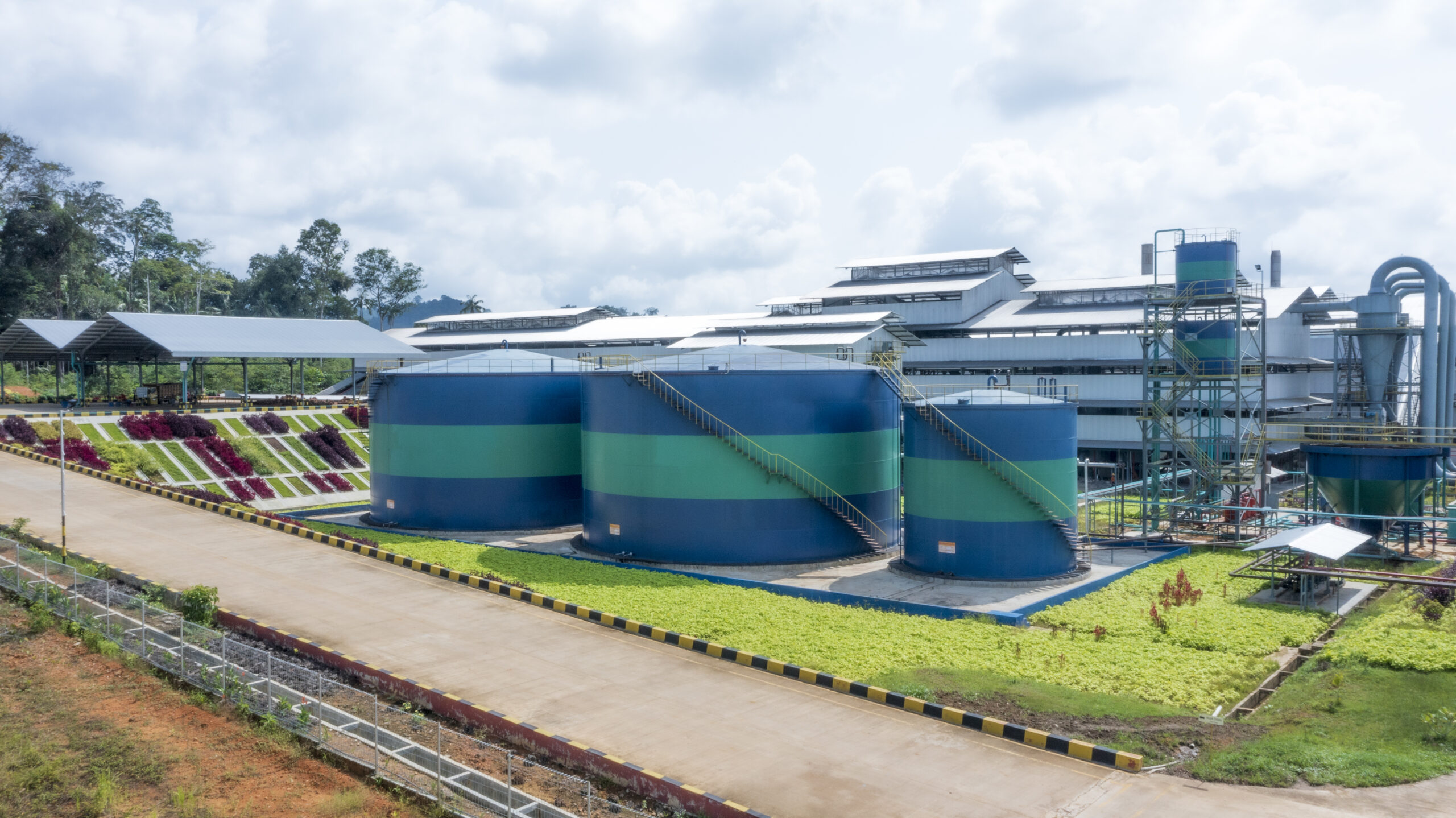
Shipping Palm Oil From Mills to Refineries
The next stage involves pumping CPO and CPKO from mill storage tanks into oil tanker trucks or ships bound for local or overseas refineries.
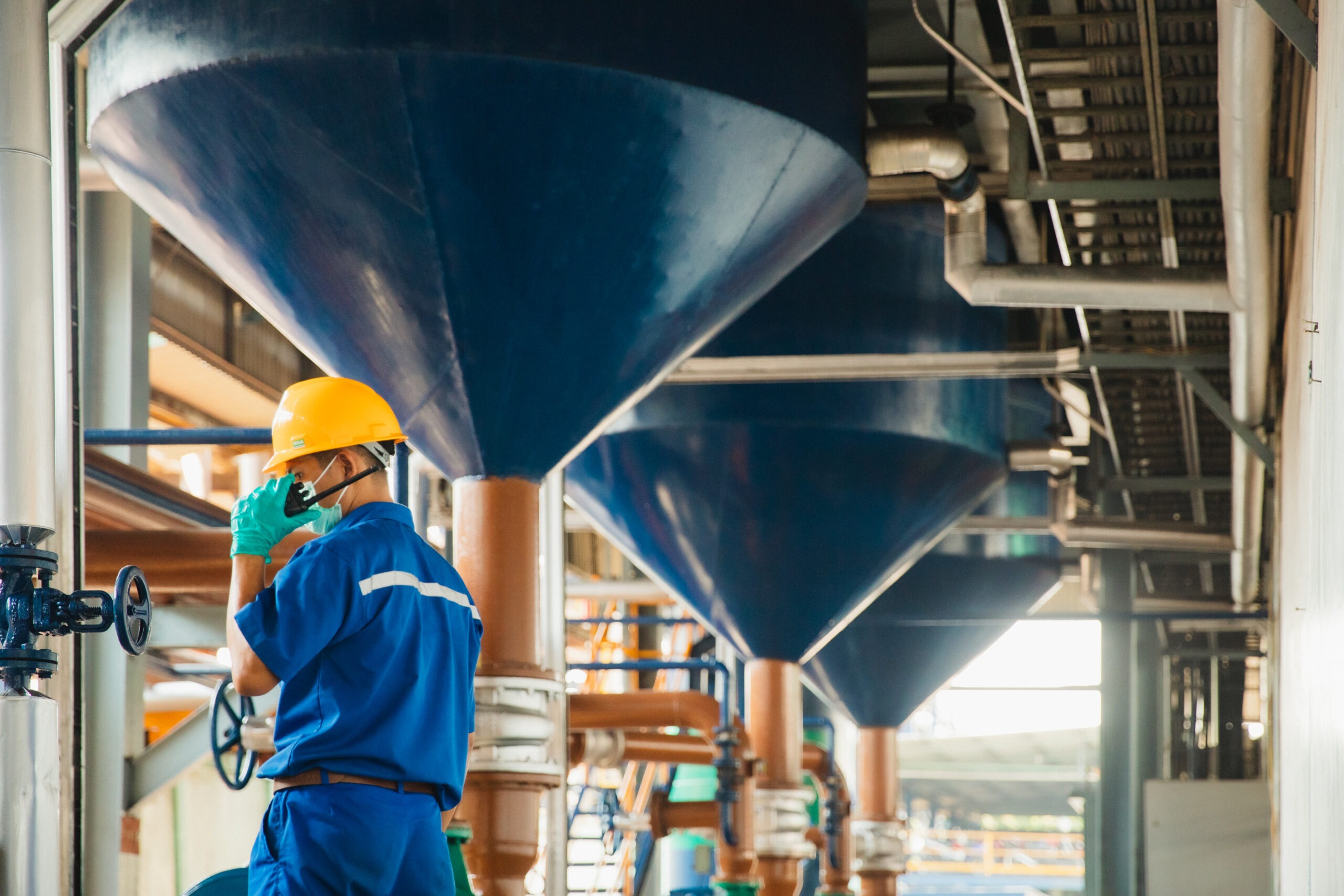 |
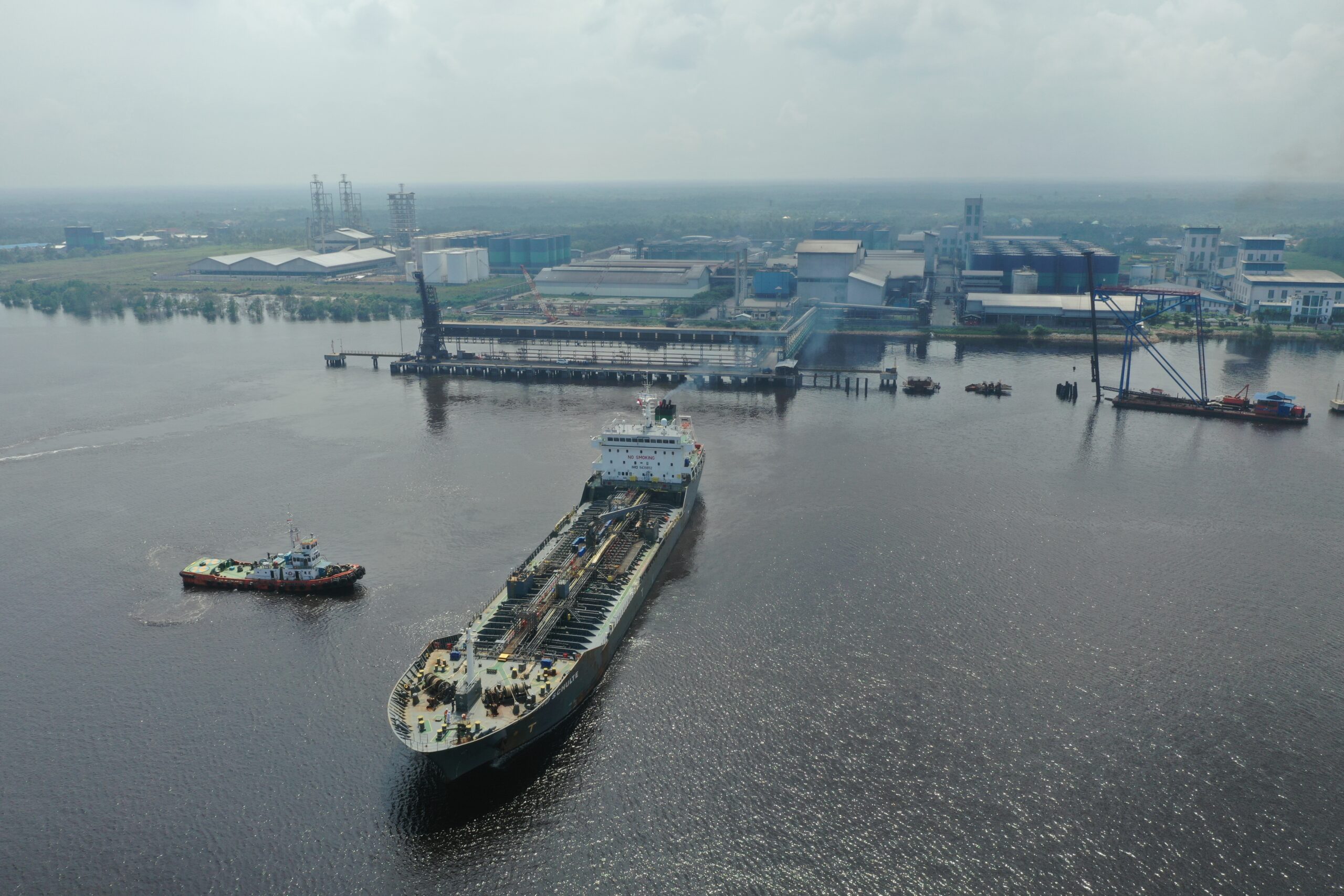 |
Given the long distances involved, chemical tankers are commonly used in the global palm oil trade [1]. These tankers include:
Bulk Tanker
- Capacity ranges from 4,000 to 19,000 tons
- Multiple-sized tanks with interconnected valves
- Suited for carrying single oils in large volumes
Tugboat and Oil Barge
- Capacity ranges from 2,500 to 6,150 tons
- Generally used to carry liquid bulk cargo
- An oil barge is pulled or pushed by a smaller vessel called a tugboat
Coaster Vessel
- Capacity ranges from 750 to 3,000 tons
- Cover short sea voyages and handle transshipment from ocean-going vessels
Container Vessel
- Purpose-built for carrying containers of uniform dimensions
- Containers can be filled and unloaded at whichever location
At refineries, CPO and CPKO undergo processing, transforming into various palm oil derivatives catering to diverse industries. For instance, palm oil can be processed into oleochemicals such as fatty acids, fatty alcohols, and glycerine for applications like cosmetics and soaps. Palm oil can also be processed into biodiesel as a source of renewable energy, a more environmentally friendly alternative to fossil fuels. Other popular derivatives for the food industry include cooking oil, margarine, and emulsifiers.
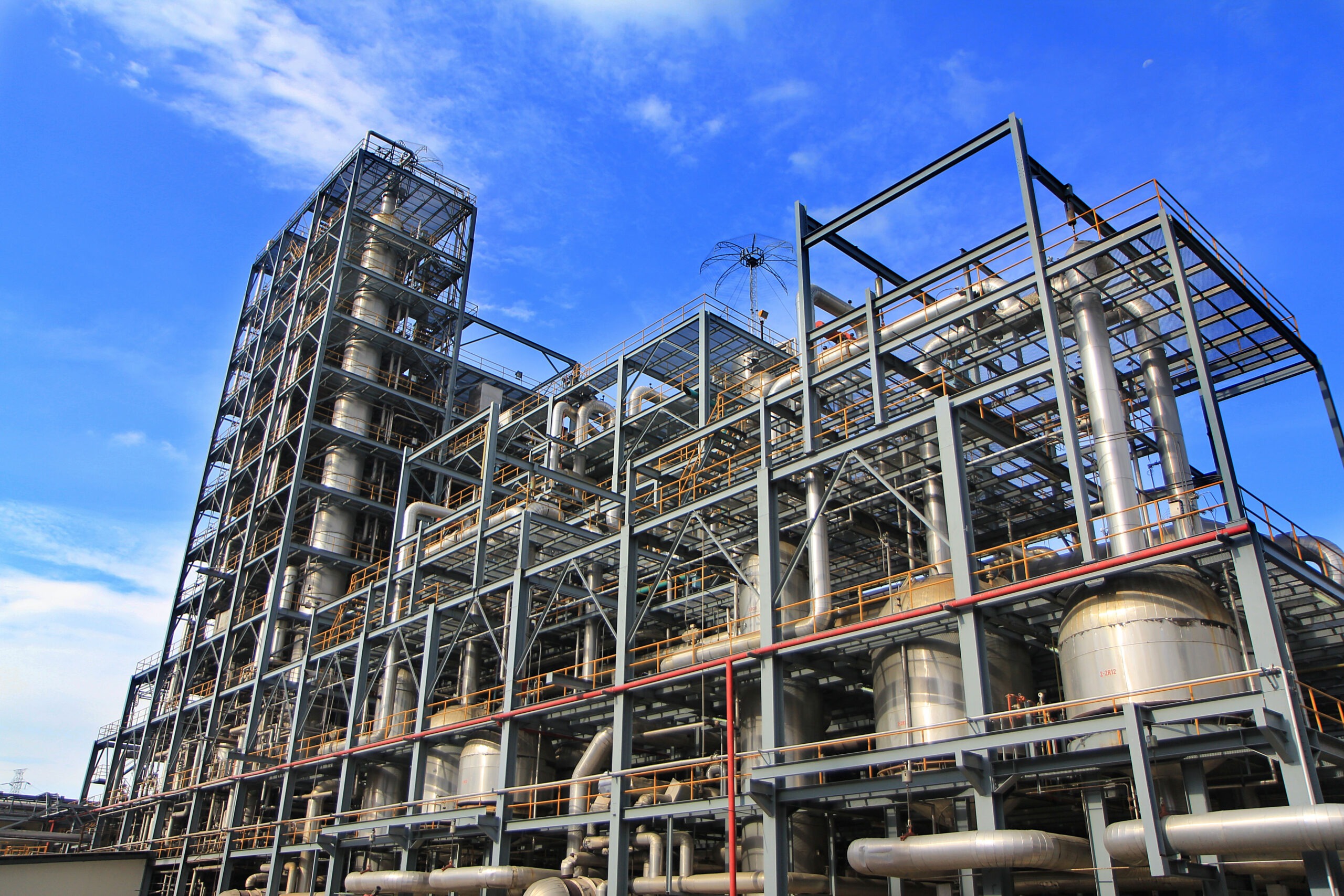
Transporting Palm Oil From Refineries to End-Product Manufacturers
Following the processing into various derivatives, the next challenge is shipping these products to end-product manufacturers or customers. The choice of packaging and shipping method depends on product type, customer demands, destination port, and national cargo requirements. The options include:
- ISO tanks
- Flexi-tanks
- Bulk-in-bags
- Jerry cans
- Intermediate bulk containers for liquid cargo
- Paper bags
- Cardboard cartons
- Barrels
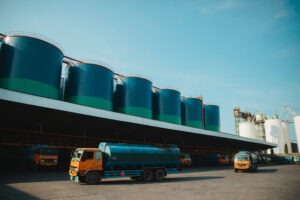 |
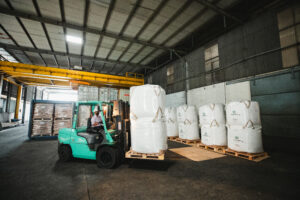 |
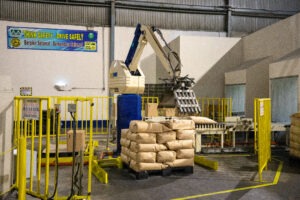 |
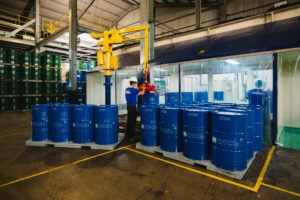 |
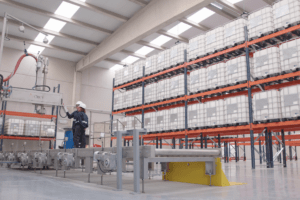 |
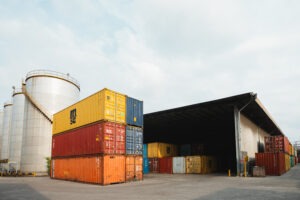 |
Key Challenges When Transporting Palm Oil and Its Derivatives
Transporting palm oil and its derivatives, such as oleochemicals, presents its own set of challenges, requiring careful consideration of factors such as contamination from previously stored products or contact with moisture and air.
Contaminants
As chemical tankers can carry various types of oils and fats, the cargo from one voyage may differ from the next. If the tank isn’t cleaned after unloading its contents and refilled with another, the new goods might be contaminated with the previous oils and fats. Hence, the tank is cleaned before loading new products.
Initially, hot seawater is used to clean the tank. Then, detergent is used to emulsify the residual fatty remnants, as water alone cannot mix with oil. The tank is flushed with distilled water because it lacks chlorides. Normal tap water isn’t used because it contains chlorides, which would leave residual chlorine in the tank that can react with the goods. Finally, the tank is steamed for kosher requirements or ventilated to dry naturally.
Moisture
Fats and fatty oils, including palm oil, are insoluble in water. However, contact with water may result in the formation of soluble lower fatty acids and glycerol. This process can lead to changes in color from yellow to brown, odor, and taste, and can cause gelling and thickening. To prevent these issues, storage tanks must be thoroughly dried after cleaning to avoid moisture-induced quality degradation.
Air
Ventilation should be avoided at all costs, as introducing fresh oxygen to the cargo promotes oxidation and premature rancidity. Palm oil also bleaches and becomes less yellow when exposed to air. The tank must be filled as fully as possible while considering possible expansion when the oil heats up due to temperature fluctuations. When transporting certain oleochemicals, nitrogen gas is pumped into the tank to create a layer of nitrogen above the goods. This nitrogen blanket helps preserve the oleochemical as nitrogen is an inert gas and doesn’t react with the oleochemical, unlike oxygen.
Safe Shipping and Transportation Through Integrated Palm Oil Logistics
When it comes to transporting edible oils and fats by sea, there are international conventions and industry standards in place to regulate the process. The goal is to make it more efficient and reduce the risks of pollution and contamination [2].
Our cleaning procedures are in line with standard tank cleaning practices and guidelines set by industry bodies like the Federation of Oils, Fats, and Seeds Association International (FOSFA) [3] and the National Institute of Oilseed Products (NIOP) [4]. We also comply with important regulations such as the International Bulk Chemical (IBC) Code and the International Safety Management (ISM) Code to ensure our tank cleaning processes meet the highest safety and environmental standards.
Most Challenging Palm Oil Product to Ship
Refined glycerine is one of the most challenging palm oil oleochemicals to transport. This is because its purity levels can range from 80% to 99.7%, requiring careful handling to avoid contamination. The tanks used for transport must be thoroughly cleaned, free from any residue of previous cargo, and completely dry. The presence of water on the tank’s bulkheads can alter the glycerine’s precise specifications when loaded. Since refined glycerine is often used in the pharmaceutical industry, maintaining its purity is critical.
To ensure this, refined glycerine is usually transported in vessels with stainless steel tanks, like our Aries, Leo, Libra, and Taurus ships. Before loading, these tanks undergo a thorough cleaning process and are tested using the Wall Wash Test (WWT) with methanol, following the American Society for Testing and Materials (ASTM) standards [5]. This test is performed after tank cleaning to confirm the vessel’s cleanliness and readiness for refined glycerine [6].
From Tropical Countries to Beyond: Where Does Palm Oil Come From?
Malaysia and Indonesia collectively produce approximately 85% of the world’s palm oil, making them the largest exporting countries by volume.
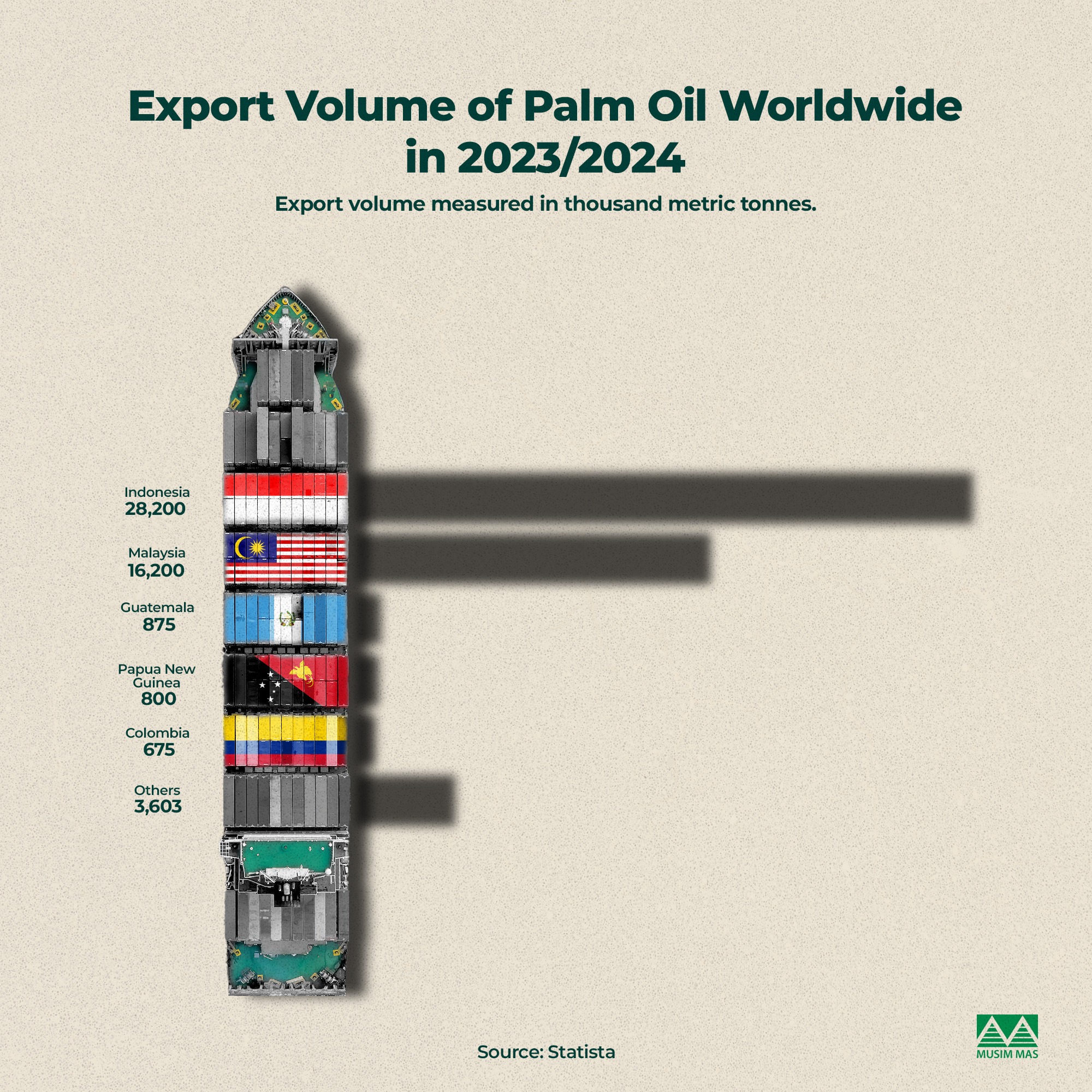
Palm oil consumption spans various regions, with top-consuming markets including India, China, the United States, and Europe.
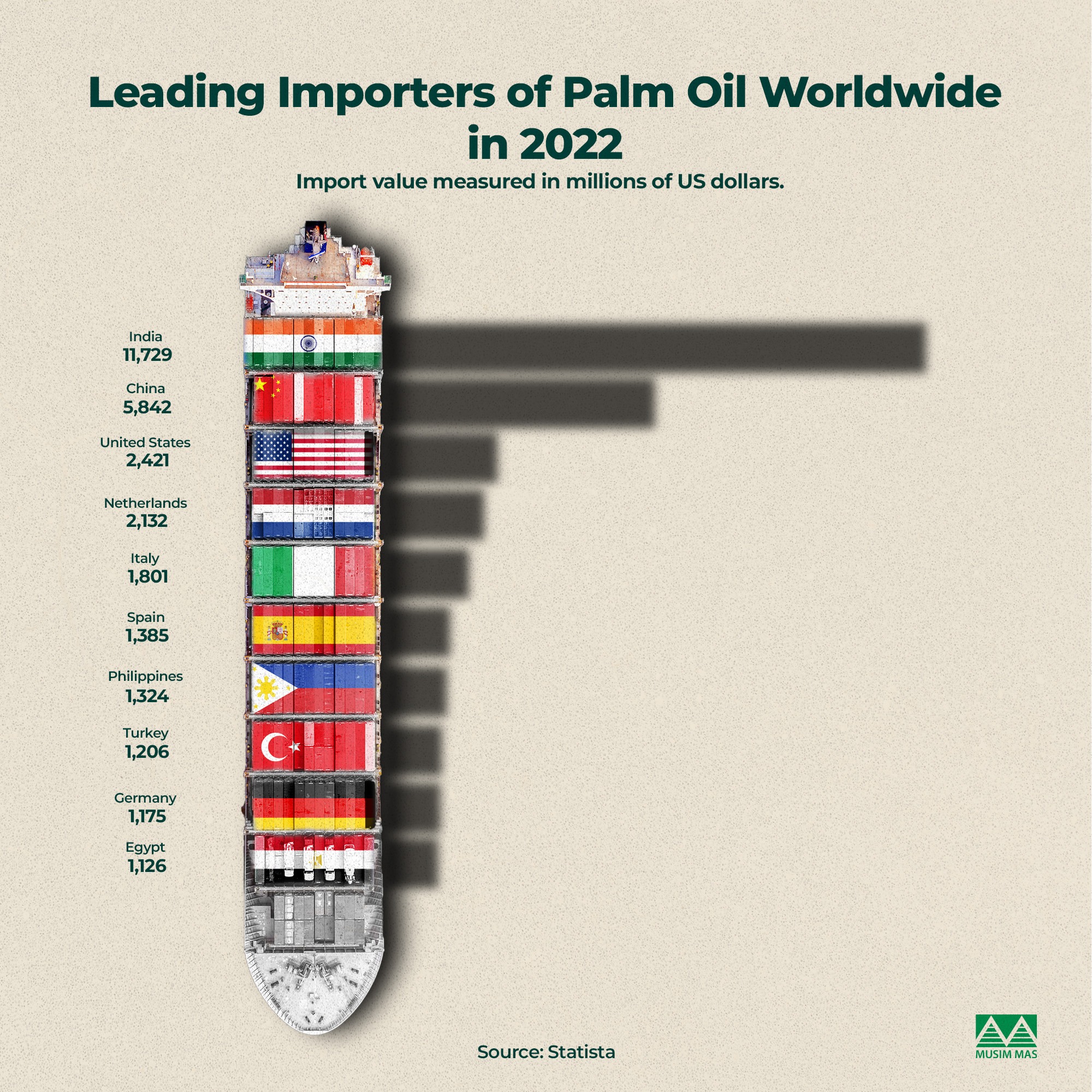
A robust logistics network is essential to facilitate the global shipping of palm oil. At Musim Mas, we’re one of the world’s largest integrated palm oil companies – involved in growing oil palms, harvesting fruit bunches, processing, refining, developing different products, and shipping to over 200 ports or destinations.
We achieve this through our diverse network of international and regional shipping lines supported by a comprehensive network of freight forwarders and vendors. This enables us to be a reliable partner, delivering palm oil products efficiently and reliably to our customers worldwide.
___________________________________________________________________
References:
[1] https://www.fao.org/3/W3963E/W3963E05.htm
[2] https://mepseas.imo.org/conventions/prevention-of-pollution-from-ships-annex-ii
[3] https://www.fosfa.org/technical/carriage-of-oil-and-fats/
[4] https://niop.org/
[5] https://www.astm.org/
[6] https://www.marineinsight.com/guidelines/wall-wash-test-on-chemical-tankers/


